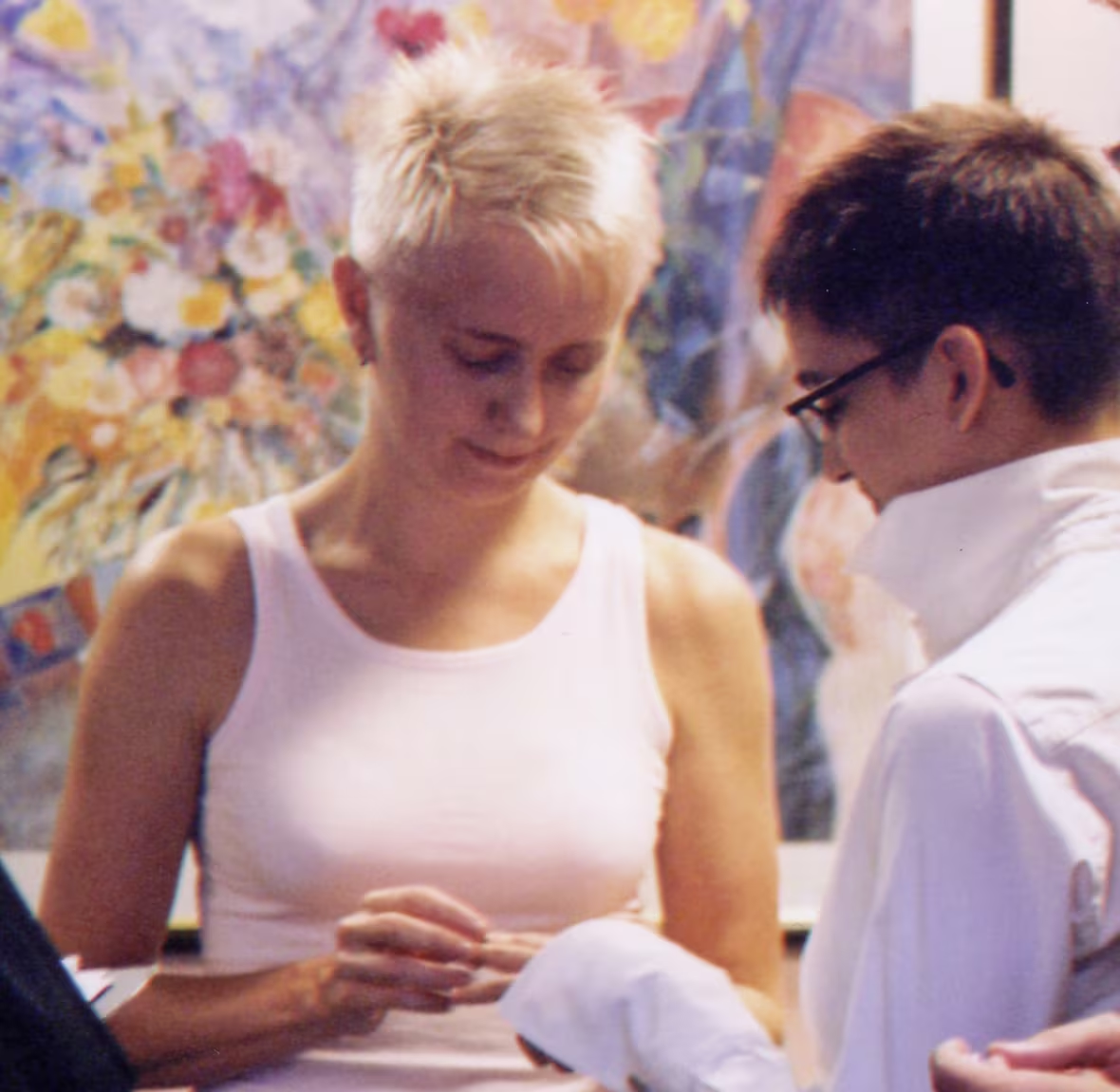Wave of same-sex couples apply for U.S. residency
Binational couples won right a year ago to sponsor a same-sex spouse to live in U.S.

In the year since the U.S. Supreme Court ordered the federal government to recognize same-sex marriage, state bans on gay marriage have been challenged in every state where they exist. While the battle over gay rights in America continues, for those married LGBT couples who were previously denied federal benefits, life is clearly improving on at least one front.
Almost immediately after the Supreme Court decision, the U.S. Department of Homeland Security announced that binational couples would be able to sponsor their same-sex spouses for U.S. residency, just as heterosexual married couples could. This brought the country's immigration laws closer in line with those in Canada, which allow same-sex couples to sponsor a partner for residency.
New York-based immigration lawyer Noemi Masliah says she has seen hundreds of binational gay and lesbian couples apply for residency this past year.
“I used to see tears across my desk” she says. Now, “I’ve only seen smiles. It’s really wonderful.”
According to Gary Gates, a demographer at the University of California, Los Angeles, 2012 census data shows that an estimated 4.5 per cent of same-sex couples in the U.S. include one citizen and one non-citizen, so about 29,250 couples.

For Canadian Tracey Izzat and her American wife, Marissa Schlesinger, the change meant that after more than a decade of marriage, they are approaching a first anniversary — that of Izzat’s permanent resident status in the United States.
“Of all of our friends — straight or gay — we’ve been in our marriage the longest,” says Izzat.
Last summer, Izzat applied for permanent residency with sponsorship from Schlesinger, ending more than 10 years of work visa renewals that had cost her thousands of dollars in legal fees.
“We still pinch ourselves that this has happened,” Izzat says. “[Schlesinger] will send me a text saying, "You have a green card!!"
“There were so many couples that had married before June 26 that were just champing at the bit for this to happen,” says Masliah, who is also the co-founder of The DOMA Project, an immigration advocacy group for binational gay and lesbian couples
Whereas the primary mission of the Immigration Act of the United States is to keep families intact, it certainly didn’t include same sex couples until June 26th [2013].- Noemi Masliah, U.S. immigration lawyer
“Whereas the primary mission of the Immigration Act of the United States is to keep families intact, it certainly didn’t include same sex couples until June 26th [2013],” she says.
This fact was especially poignant for Sheldon Baker, from Toronto, and his American husband Roger Goodman, whose Brooklyn-based family includes twin 18-month-old sons born through surrogacy.
For Baker, an architect, the stresses of the recent economic downturn were multiplied by the fact that he needed to maintain a job in order to stay in the U.S. with his husband and children.
“I was laid off from jobs several times and I had to hustle and get myself a new job very quickly in order to cover myself,” he says.
“I’m sure everyone who is married can vouch that marriage is difficult enough sometimes without having to factor in this external threat.”
When the Supreme Court decisions were made last June, Baker says he and Goodman were ecstatic. He applied for residency the very next day.
A year on, Baker is taking time off from working to stay home with their two young sons — something he never could have done a year ago.
“It brought absolute stability to our family,” he says.
Cultural shift
The Supreme Court’s landmark decision and its consequences is part of a greater cultural shift in America, which has generally become more accepting of gay rights in the years since Massachusetts first legalized gay marriage in 2004.
“I think a lot has changed in 10 years,” says Izzat.
You’ve got three-quarters of states in this country who have just recently reaffirmed the longstanding [heterosexual] definition of marriage. These aren’t some outliers.- John Eastman, National Organization for Marriage
“I think things like [TV shows] Will and Grace and Modern Family helped push things along, and then also the state-by-state political push to get gay marriage recognized.”
In the past few weeks alone, two new states have legalized gay marriage — Oregon and Pennsylvania.
Similarly, last month, survivor benefits were granted to the first known LGBT war widow, and the United States Postal Service issued a stamp featuring the late gay activist Harvey Milk.
Still, it wasn’t long ago that people lined up to support the American fast food chain Chick Fil-A’s anti-gay stance, and many of the gay marriage bans that have been struck down in district courts are facing appeals.
John Eastman, a law professor and chairman of the board of the National Organization for Marriage, believes this isn’t the end of the road for the debate over gay marriage.
“You’ve got three-quarters of states in this country who have just recently reaffirmed the longstanding [heterosexual] definition of marriage,” he says. “These aren’t some outliers.”
For all the gains in the past year, Baker says, ��“full recognition through all 50 states is necessary for us to feel truly comfortable that we are legally covered. There are obviously other rights such as housing and employment that are not guaranteed ... So there are definitely frontiers that need to be broken and remedied.”